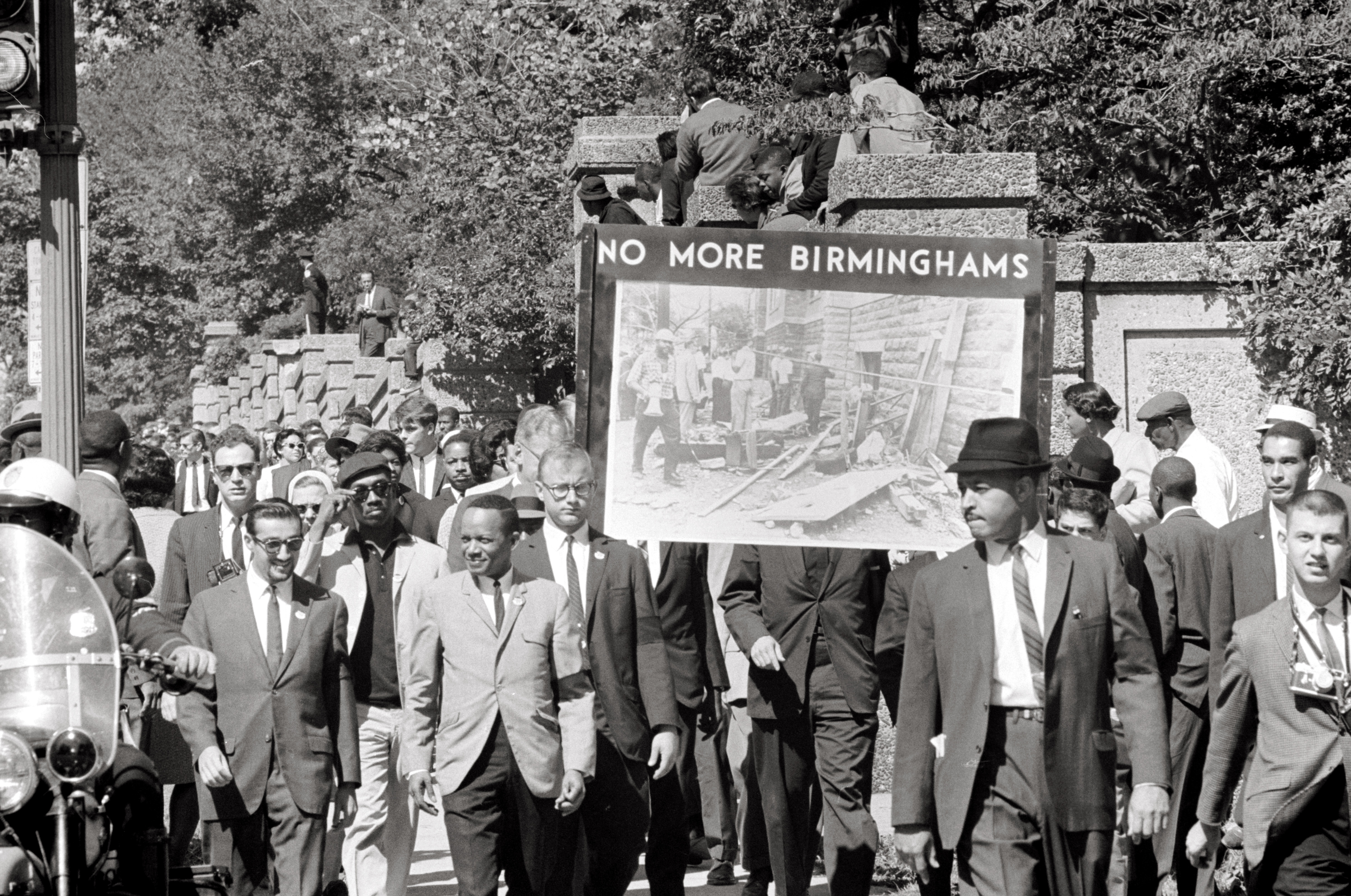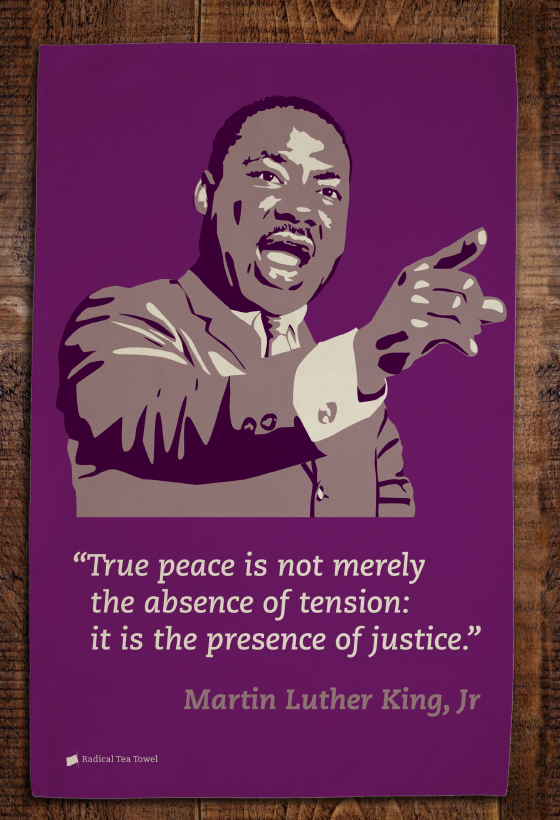White Supremacy vs Non-Violence: The Superhuman Strength and Courage of the Civil Rights Movement
Posted by Pete on Sep 15th 2019
56 years ago today, four young girls were murdered at a black church in Alabama in an act of white supremacist terrorism. Even in this context of racist extremism and violence, the African-American Civil Rights Movement continued to pursue its goals peacefully.
The 15th of September in 1963 also fell on a Sunday. Across the United States, children of all races attended church and went to Sunday School.
But in Birmingham, Alabama, this most ordinary and innocent routine was ripped apart when the 16th Street Baptist Church was blown up by a KKK bomb.
Four young African-American girls – Addie Mae Collins, Carol Denise McNair, Carole Robertson, and Cynthia Wesley – were killed, none older than 14.
They were victims of white supremacist terrorism – by far America’s oldest form of violence.
Above: Members of the Congress for Racial Equality march in memory of the Birmingham bombing victims. Washington, DC, September 1963.
The Courage of Non-Violence in the Civil Rights Movement
The 16th Street Baptist Church bombing took place only weeks after the March on Washington – at which Dr. King made his famous "I Have a Dream" speech – with the KKK having targeted the church because it was used as a base for civil rights activism and organizing in Alabama.
King called it
“one of the most vicious and tragic crimes ever perpetrated against humanity.”
But beyond being living proof of the monstrousness of white supremacy, the bombing is also a testament to the moral courage and fortitude of those struggling for civil rights.
The strategy of non-violence pursued by groups like King's Southern Christian Leadership Conference (SCLC) and the Student Non-Violent Coordinating Committee (SNCC) was never matched by the opponents of racial equality in the US.
Instead, the Civil Rights Movement charted its course in a political climate drenched in reactionary, racist violence intended to stop progress in its tracks.
For all its murderous barbarity, the 16th Street Church bombing was not unusual for America in the 1960s.
By the autumn of 1963, Birmingham was already known as ‘Bombingham’ for the frequency of dynamite attacks against black residents and buildings – especially amid the
drive for desegregation.
Not Just the Klan: Violent Suppression from the Top Down
And it wasn’t just fringe Klan terrorists who were responsible for the toxic atmosphere of threats and violence against African-Americans: state and federal officials also did more than their fair share.
Following the bombings in Birmingham,
J. Edgar Hoover – America’s shadowy law enforcement despot and a rabid hater of Dr. King – intervened as head of the FBI to prevent prosecutions for any of the four Klansmen who the Bureau more or less knew were responsible.
And in one of the most infamous acts of gratuitous violence against the Civil Rights Movement two years later in 1965, Alabama state troopers launched a premeditated rampage against activists on the Edmund Pettus Bridge outside Selma.
In this context of brutal, state-sponsored terrorism, the Civil Rights Movement showed superhuman control and courage in holding to its course of non-violence.
Respect for Non-Violence: The Legacy and Inspiration of the Fight for Civil Rights
Indeed, seeing atrocities like those at Selma and 16th Street, some activists – led by the likes of Malcolm X and Muhammad Ali – turned against these core principles, viewing the non-violent philosophy of MLK and his allies as an abandonment of the right to self-defense.
But even these critics could see and respect the moral bravery of the SCLC and other like-minded groups for holding their non-violent course in the face of such barbarism.
Reflecting this respect, Ali sent Dr. King a telegram in 1967 while the latter was in an Alabama jail yet again. It read simply, but with real emotion:
“Hope that you are comfortable and not suffering.”
Click to see our design honoring MLK and the Civil Rights Movement's legacy of non-violence
With every violent atrocity and outrage the Civil Rights Movement endured, its power to inspire grew. By the late 1960s, oppressed people as far afield as
Northern Ireland and beyond were following King's model of civil disobedience.
And while it will never give them back the years stolen from them, this reminds us that the four young girls murdered in Birmingham in September 1963 did not die in vain.
Click to browse designs inspired by Dr. King, Rosa Parks, and other civil rights heroes


